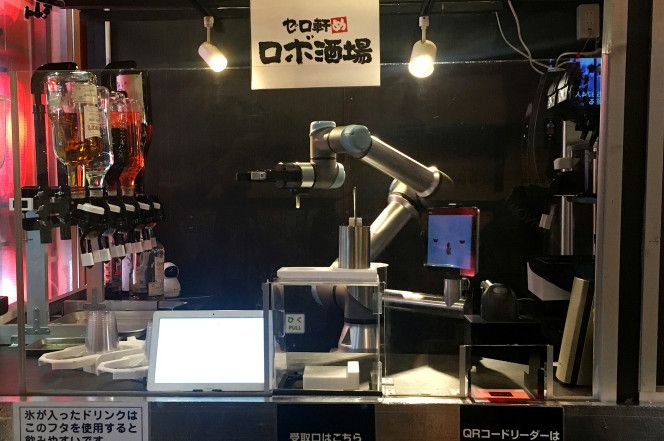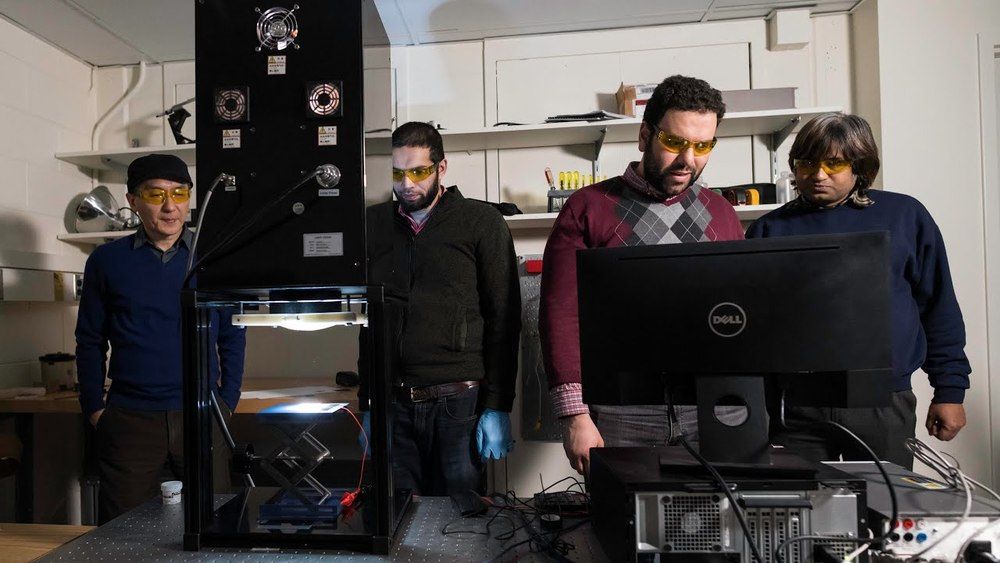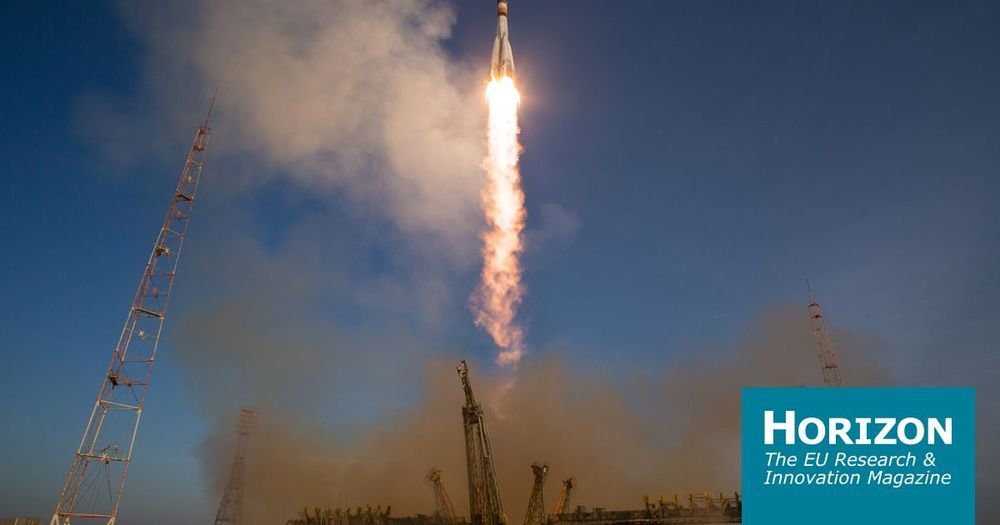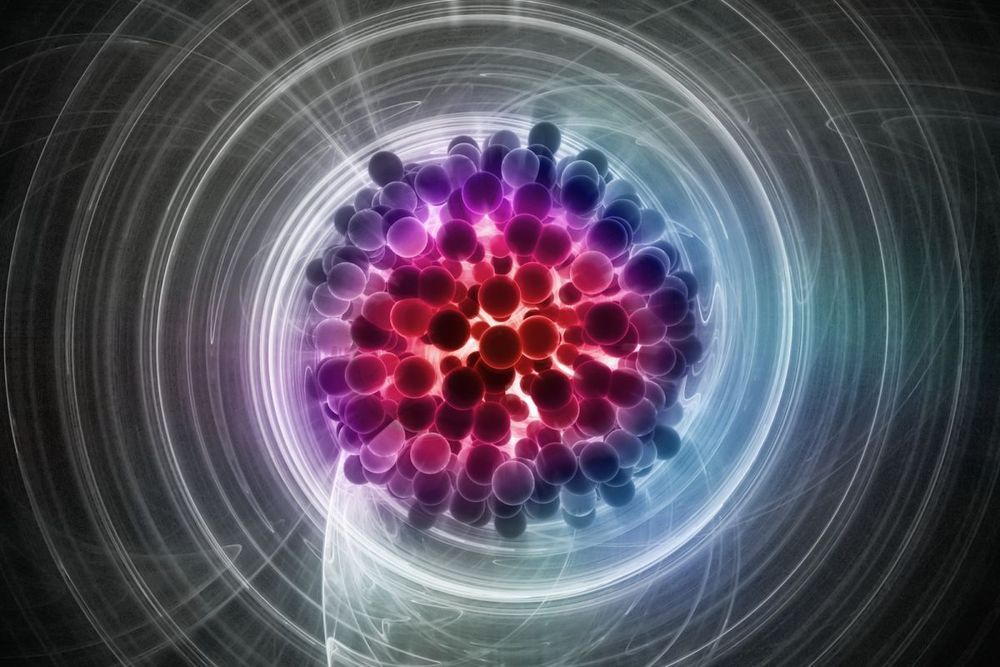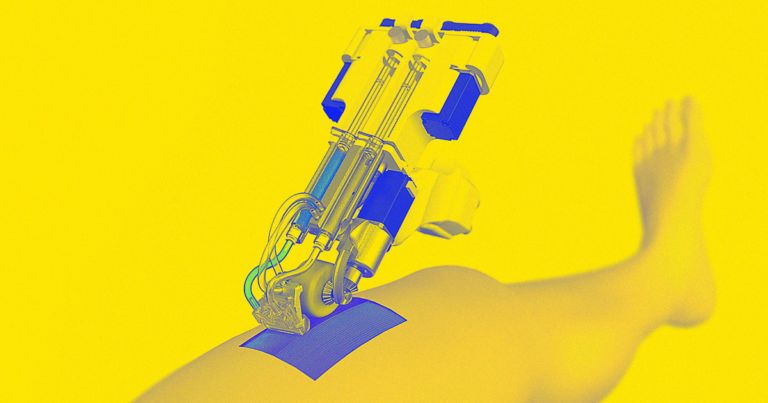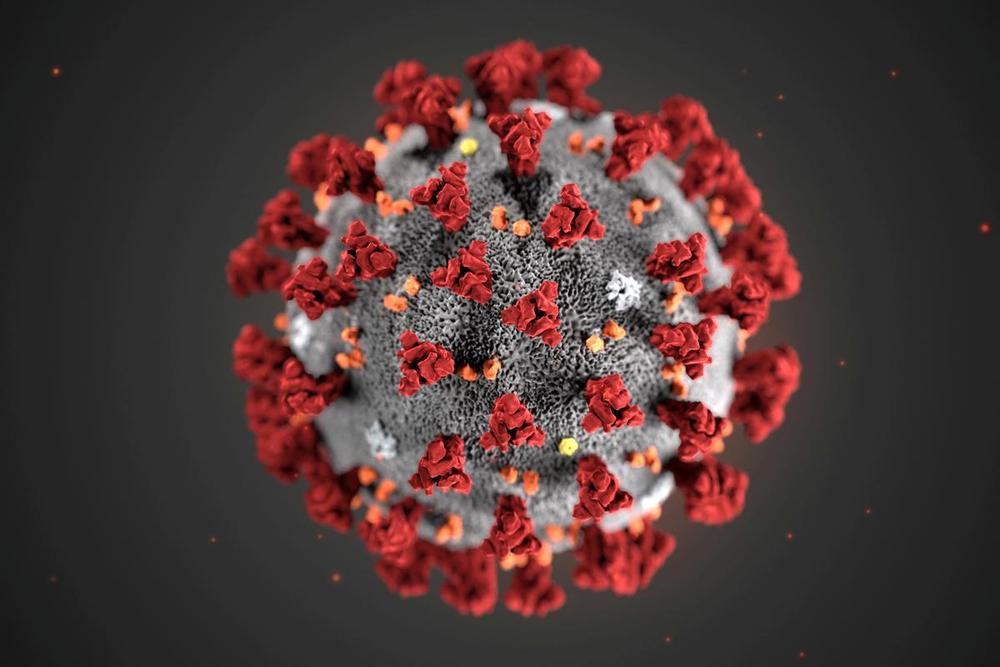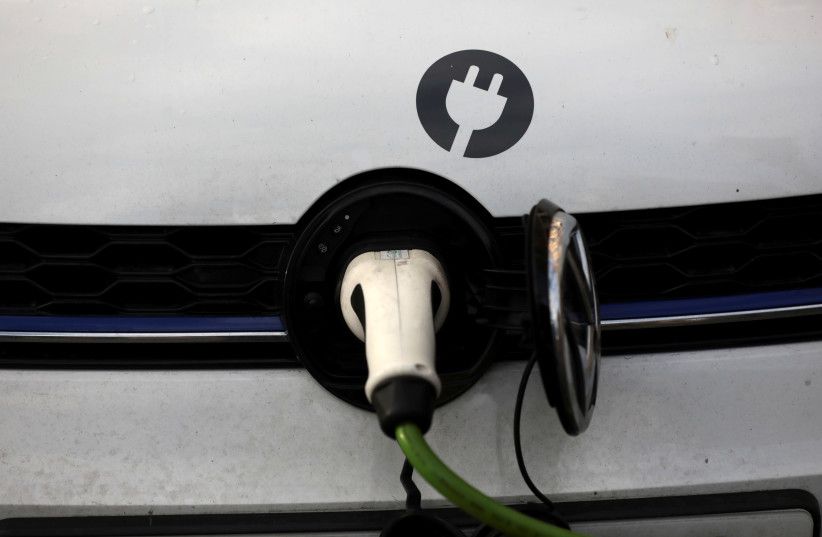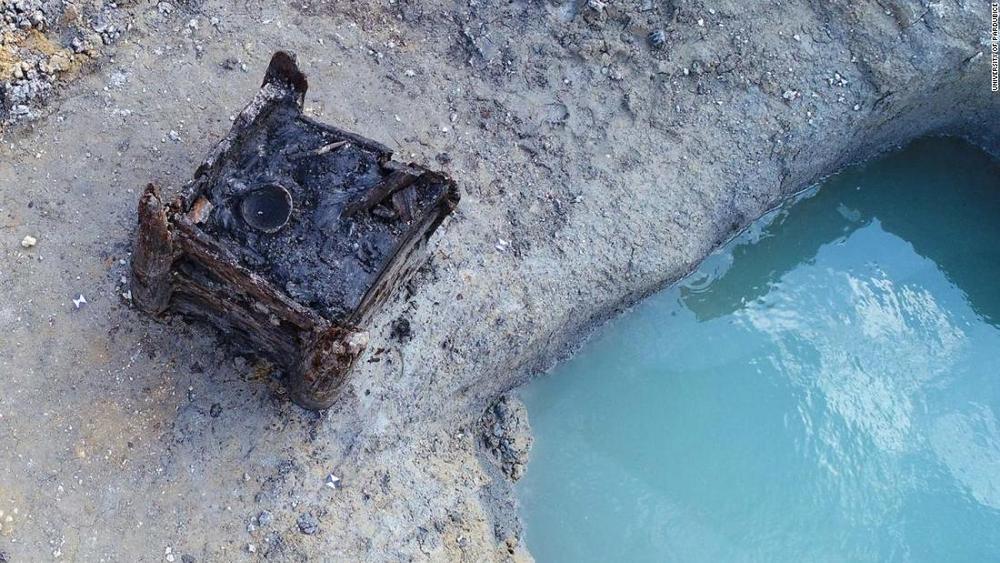TOKYO – Japan’s first robot bartender has begun serving up drinks in a Tokyo pub in a test that could usher in a wave of automation in restaurants and shops struggling to hire staff in an aging society.
The repurposed industrial robot serves drinks in is own corner of a Japanese pub operated by restaurant chain Yoronotaki. An attached tablet computer face smiles as it chats about the weather while preparing orders.
The robot, made by the company QBIT Robotics, can pour a beer in 40 seconds and mix a cocktail in a minute. It uses four cameras to monitors customers to analyze their expressions with artificial intelligence (AI) software.
